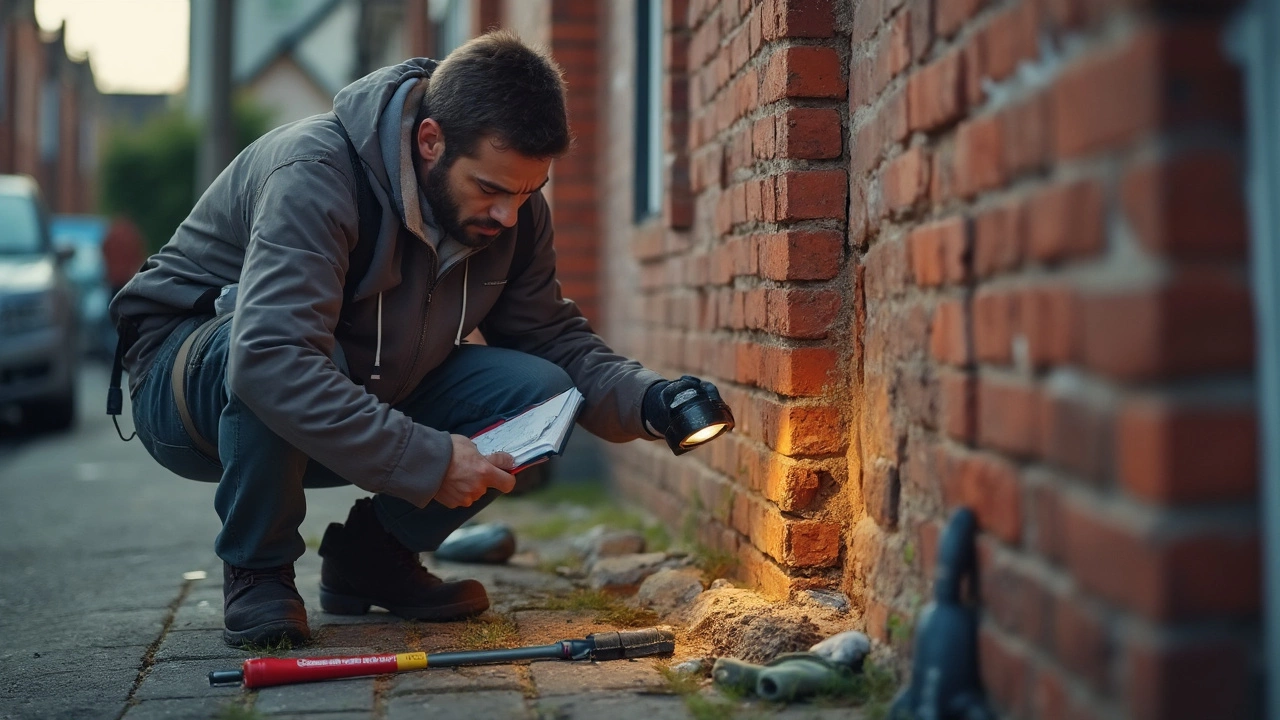Epoxy Injection – Fast, Strong Fix for Cracks
If you’ve spotted a hairline crack in a wall, floor, or driveway, you probably wonder if it’s a simple nuisance or a sign of a bigger problem. Epoxy injection is the go‑to solution that many UK homeowners and tradespeople rely on to seal cracks, add strength, and keep water out – all without tearing down a wall.
When to Use Epoxy Injection
Not every crack needs epoxy. Use it when the break is clean, straight, and not moving any more. Typical cases include:
- Hair‑line to medium‑size cracks in concrete slabs, foundations, or driveways.
- Cracks that let moisture seep into basements or crawl spaces.
- Structural cracks that have stopped moving after the building settles.
- Areas where you need a quick repair before painting or flooring.
If the crack is widening, twisted, or filled with loose material, you’ll need a more extensive repair before the epoxy will work.
How the Injection Process Works
The steps are straightforward, but timing matters:
- Clean the crack. Use a wire brush or a low‑pressure vacuum to remove dust, loose particles, and any old sealant.
- Seal the surface. Apply a quick‑set epoxy paste or a surface sealant to stop the epoxy from leaking out.
- Inject the epoxy. A low‑pressure pump pushes the liquid epoxy into the crack through small ports. The epoxy fills the void and bonds with the surrounding concrete.
- Let it cure. Most epoxy systems set in 30‑60 minutes, but full strength can take up to 24 hours. Keep the area dry and avoid traffic during this time.
- Finish the surface. Once cured, grind or sand the repair spot smooth, then paint, tile, or install flooring as needed.
Professional installers have the right pumps, mix ratios, and safety gear, so the job usually finishes in a single day. Trying it yourself is possible for small, accessible cracks, but the risk of missed spots or weak bonds often outweighs the savings.
Why choose epoxy over other methods? It’s stronger than cementitious fillers, it sticks to both old and new concrete, and it creates a waterproof barrier that lasts years. The material is also resistant to chemicals, making it ideal for garages, basements, and industrial floors.
Cost-wise, you’re looking at roughly £15‑£30 per meter for a professional service, depending on access and crack size. DIY kits run about £10‑£20 per kit, but remember you’ll need the right tools and a dry day to get a solid result.
Bottom line: If you spot a crack that isn’t actively moving, epoxy injection offers a fast, durable fix that restores strength and stops leaks. Call a trusted local plumber or a specialist contractor, ask about their epoxy system, and get a quick quote. A sealed crack today can save you from costly water damage tomorrow.

